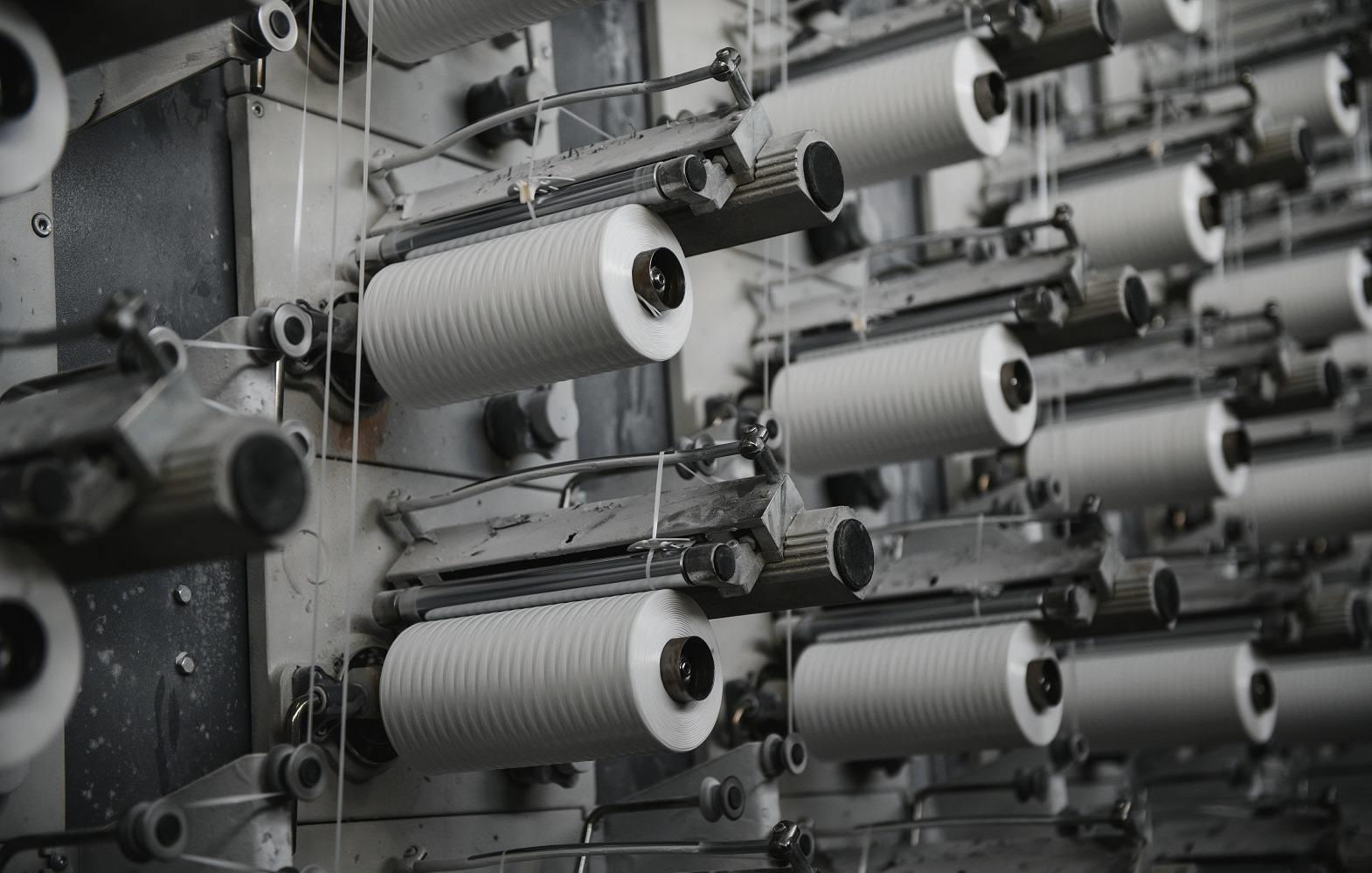A report by Global Industry Analysts (GIA) predicts that the global market for textile machinery is expected to reach $22.9 billion by 2017. Textile machinery plays a crucial role in the production of yarn, thread, fabric, and the finishing processes involved in manufacturing specialty fabrics. The textile engineering industry, which originally stemmed from the textile industry, has witnessed significant advancements over time. The market for textile machinery is highly dynamic, with a shift from conventional to more sophisticated machinery driven by continuous technological progress. The demand for home textiles, furniture upholstery, automobile textiles, and fashion trends also has a substantial impact on the textile machinery market.
Global Market:
During the global economic downturn in 2008, the textile sector demonstrated resilience in the face of challenging market conditions. The industry responded with production cutbacks, layoffs, and a delay in new investments. Major textile machinery exporting countries such as China, Switzerland, Italy, and Germany experienced significant declines in their export figures. However, in 2010, the textile machinery industry began to recover as the global economy rebounded. Nevertheless, spinning mills faced margin pressures due to volatile cotton and yarn prices. Weak demand in 2010 and 2011 prompted European machinery companies to explore new opportunities in markets such as Turkey, India, China, the United States, and Brazil.
Key Players:
Several key players dominate the global textile machinery market, including Itema Group, Murata Machinery Ltd., Rieter AG, Savio Macchine Tessili S.p.A., Lonati S.p.A., Toyota Industry Corporation, Willi Grob AG, and Mayer & Cie GmbH & Co.
Growth Drivers:
Trends in the Textile Machinery market:
Asia-Pacific represents the biggest and fastest growing region for textile machinery. Increasing investments in textile production in the Asian regions fuel the market for textile machineries. Asian countries such as India, China, and Pakistan foresee favorable market for textile machinery due to the shifting of manufacturing operations from EU and US to amass cost benefits. Industrialization and economic development in China during the recent past has enhanced their textile production. China's Fifth Five Year Plan, 2011-2015 focuses much more on technological advancement of their textile industry. India aims to achieve enormous gains in export of textile and clothing in the coming years.
Mr. Rolf Strebel, CEO, Stäubli Group, a renowned mechatronics solutions provider talking exclusively to Fibre2Fashion states that there would be a drastic evolution in the global machinery market. "As to the machinery market, there will almost certainly be further consolidation taking place as we go along. In fabric manufacturing, countries like, for instance, India or others within the region are well poised to profit from global demands and requirements. India has the potential to further grow its textile industry, particularly if investment activities in latest textile machinery or automation processes will be sustained on a high level."
Manufacturers having operations close to retail distribution centers will be given more preference as it minimizes the delivery time. Mr. Strebel observes the nature of global consumers. "In general, I would point out that global consumers of textiles are very cost-conscious. They take quality for granted and expect rapid adoptions to their fashion and altering clothing requirements. Markets become more global which means that production units have to streamline their operations, more and more using automated machinery to maintain repeatability and reproducibility at highest quality and lowest cost. Quick response to changing requirements has to be at the forefront of leaders in the textile industry.
With the demand for high performance fabrics increasing day by day, textile finishing machinery is likely to become more significant.
References:
Indiantextilemagazine.com








Comments